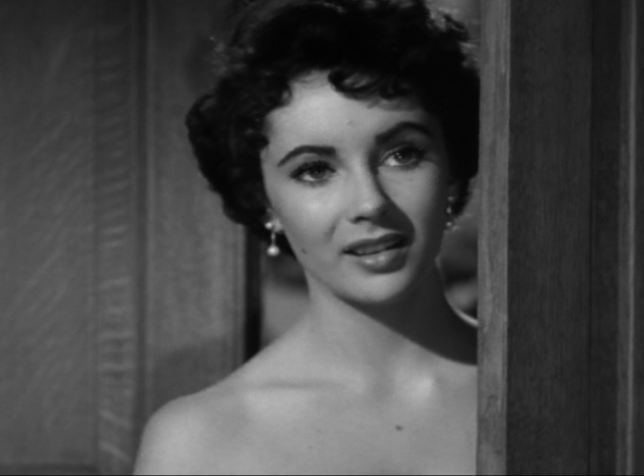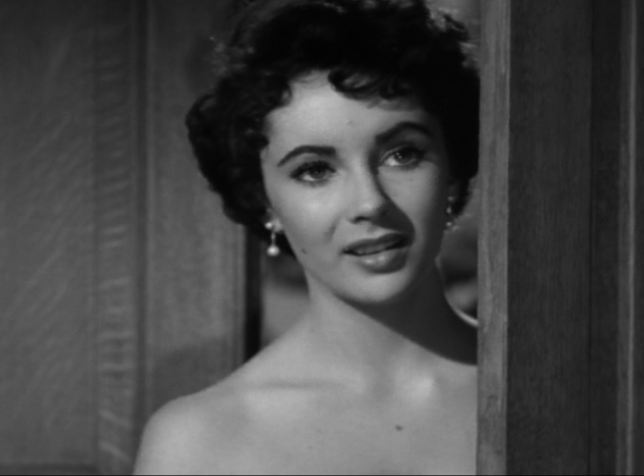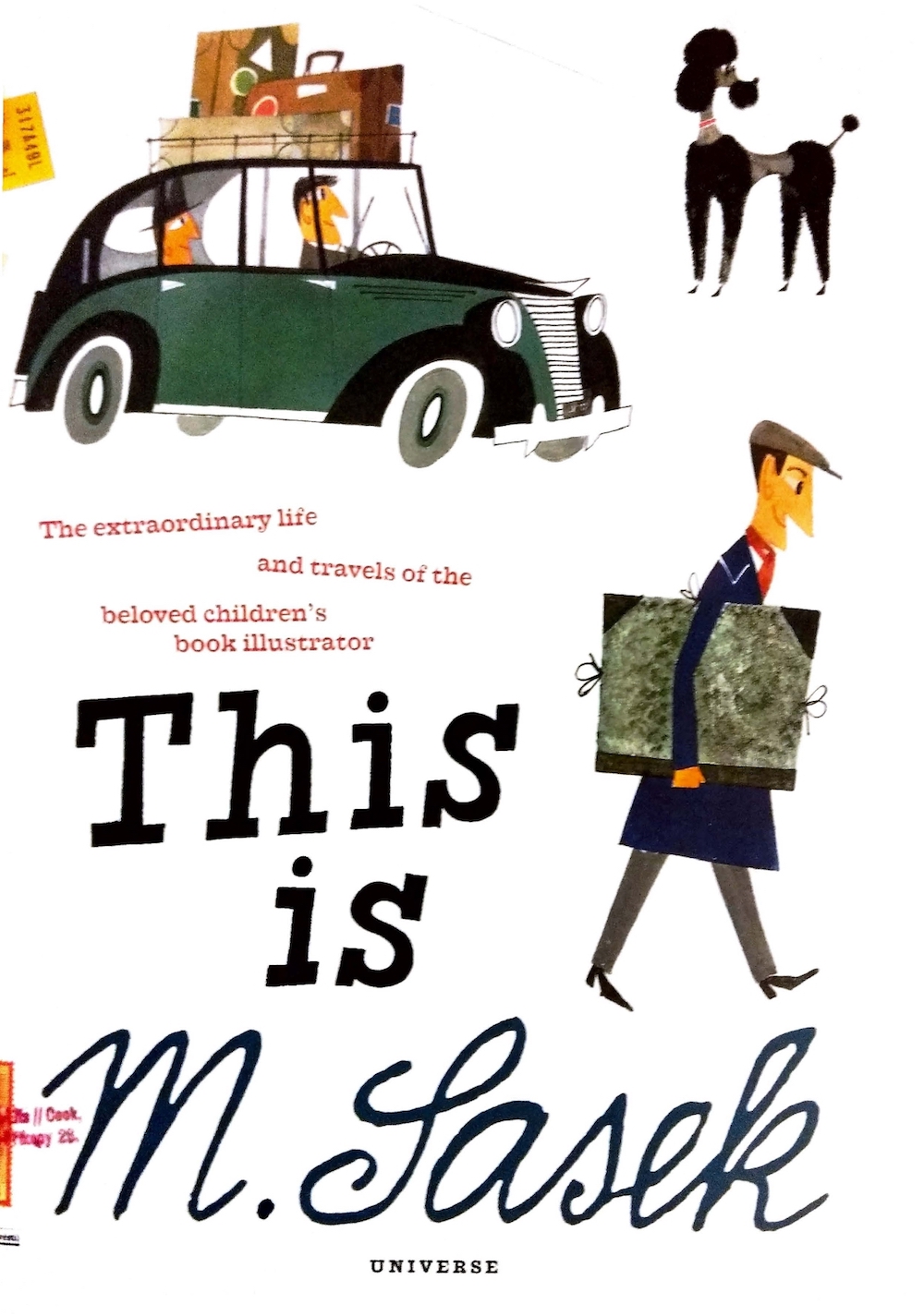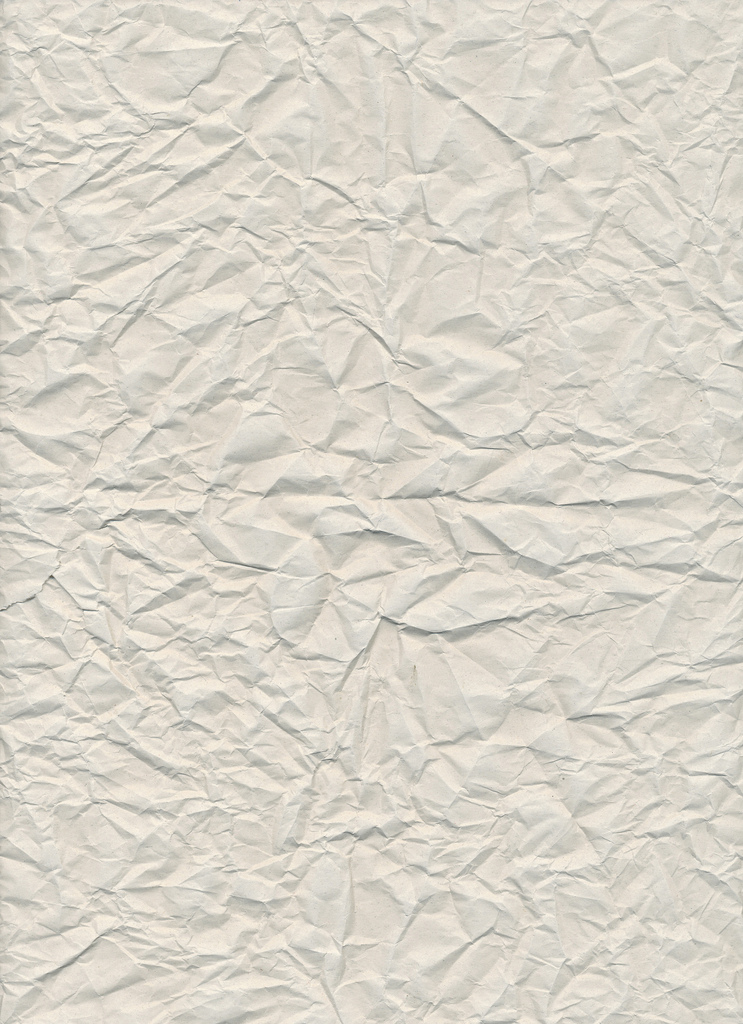The Queen is dead. Elizabeth Taylor, who died today aged 79, was officially a Dame of the British Empire. She was also Hollywood royalty. That phrase is wheeled out regularly by unimaginative broadcasters every time a Hollywood octogenarian — or even nonagenarian – departs for that dressing room in the sky. But though Taylor didn’t even make it to 80, her fame and (at times) her notoriety really did transcend all boundaries. With eight marriages, two Oscars, more than 50 movies and several premature obituaries to her name, she was rarely out of the news.
Born in Hampstead, North London, to American parents, Taylor relocated to Los Angeles during World War II. She made her screen debut in 1942’s There’s One Born Every Minute, but her real breakthrough came at MGM with Lassie Come Home (1943), in which she ignored that famous maxim about never working with animals and Roddy McDowall. Arguably the best-loved of her juvenile roles was the spirited Velvet Brown in the equine drama National Velvet.
Taylor’s later friendship and support for Michael Jackson in times of trouble is well-documented. But in the 50s she was known for her close relationship with the hugely talented but perpetually troubled gay actor, Montgomery Clift. (He died in 1966 and is far more deserving of cult status than James Dean.) In her excellent 1978 biography of Clift, Patricia Bosworth writes of the actor’s initial reservations about being cast opposite the 17-year-old Taylor in A Place in the Sun. But George Stevens’ overwrought drama gave Taylor one of her defining roles as the gorgeous debutante who drives Clift’s social climber to a desperate act. Shot in black and white, the film’s celebrated close-ups of the ill-starred pair are an intoxicating reminder of cinema’s obsession with sheer physical beauty.
As if the Clift/Taylor pairing wasn’t memorable enough, she also appeared opposite Dean and Rock Hudson in Stevens’ 1956 oil epic, Giant. Yes, it’s a pot-boiler and Dean’s “aged” look at the end of the film isn’t very convincing, but the actor’s premature death ensured the film would be a memorial to his brief career. More impressive was Taylor’s sensuous Maggie “the Cat” opposite Paul Newman’s Brick in Cat on a Hot Tin Roof (1958). The Southern accent may be a little wobbly — her voice was not Taylor’s greatest asset — but watching her sexually frustrated wife spar with Newman and his overbearing family is hugely entertaining. It’s bedroom drama of the highest order.
The 60s was the decade of excess for Taylor — from the extravagant make-up and bloated budget of Cleopatra, to the tabloid-baiting romance with Richard Burton. Their on-screen partnership produced dross like the VIPs and The Sandpiper, but Mike Nichols’ Who’s Afraid of Virginia Woolf is a no-holds barred exercise in marital warfare and Taylor is terrific. She won an Oscar for that part, as she had done for the trashy BUtterfield 8, six years earlier.
Some of Taylor’s other films of that period reflected an ambition to be viewed as a serious actress, rather than just a fabulous beauty, known for changing husbands every few years. John Huston’s Reflections in a Golden Eye (1967), and Joseph Losey’s Secret Ceremony and Boom (both 1968) didn’t make money or wow the critics, but perhaps there will be a reappraisal now.
From the mid-70s Taylor continued to work intermittently in film and on TV, appearing in the mini-series North and South, a TV movie of Sweet Bird of Youth and as Pearl Slaghoople in The Flintstones (1994).
The woman who married Richard Burton twice will also be remembered for her huge contribution to fundraising for AIDs charities, including the Elizabeth Taylor Aids Foundation. It’s easy to forget the shock caused by Rock Hudson’s death back in 1985 — not least because of his pitifully emaciated appearance in those final days. Taylor’s efforts helped to turn the tide against stigmatising the disease and raised millions of life-saving dollars.
Years ago I read David Niven’s memoir, The Moon’s a Balloon, in which he paid tribute to the actress he first met when she was a teenager: “Her incredible beauty, her talent and her violet eyes have been the subject of endless paeons of praise; less well known are her courage, her down-to earthiness and her staunch defence of friends.” His words are a perfect epitaph for Taylor, who may not have been Britain’s greatest actress but was unquestionably our biggest post-war star.
At least two major British newspapers have today characterised Taylor as “the last of the Hollywood Greats”. It makes for a good headline, but also demonstrates a woeful ignorance of Tinseltown history. I wonder what the fabulous Lauren Bacall and Maureen O’Hara (aged 86 and 90, respectively) would have to say about that? Let’s not forget Kirk Douglas, either.












1 Pingback